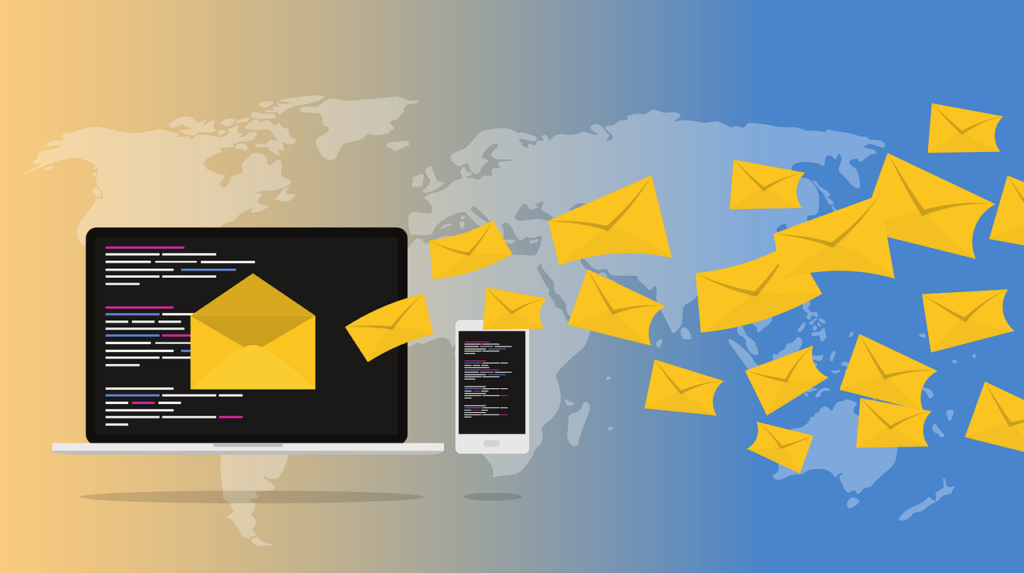Email copywriting is the practice of writing compelling content for marketing emails. It is an essential component of email marketing, one of the most effective digital marketing channels. According to a study by Campaign Monitor, email marketing has an average ROI of $42 for every $1 spent. This article will provide effective email copywriting tips and examples that will help you improve your email marketing efforts.
Tips for Writing Effective Email Copy
- Be concise and clear. Keep your email copy concise to ensure your message is clear and easily understood. Avoid using overly complex language or convoluted sentences. Instead, use short paragraphs, bullet points, and subheadings to break up your content.
- Use persuasive language. In addition to being concise, your email copy should also be persuasive. Use language that evokes emotion and encourages action. Focus on the benefits of your product or service, rather than just the features.
- Segment your audience. To make your email copy more effective, it’s important to segment your audience based on their interests, behaviors, and preferences. This allows you to tailor your message to each individual segment, making it more relevant and engaging.
- Personalize your emails. Personalization is another key component of effective email copywriting. Use the recipient’s name and any other available information to make the email feel more personal and relevant. You can also use dynamic content to customize the email based on the recipient’s behavior or preferences.
- Include a clear call-to-action. Finally, every email should include a clear call-to-action (CTA) that tells the recipient what action you want them to take. Use action-oriented language and make the CTA stand out visually to increase the likelihood of a response.
Examples of Successful Email Marketing Campaigns
To illustrate the importance of effective email copywriting, it’s helpful to look at successful campaigns. Case studies can provide insights into what worked and why, helping you apply those lessons to your own campaigns.
In addition to showcasing successful campaigns, it’s important to analyze what made them successful. Was it the subject line, the personalization, the CTA, or a combination of factors? Understanding what worked and why can help you replicate that success in your own campaigns.
Writing Effective Email Subject Lines
The subject line is the first thing recipients see when they receive your email, so it’s critical to make it compelling. A strong subject line can encourage recipients to open the email and engage with your content.
Several best practices for writing effective subject lines include keeping them short and to the point, using action-oriented language, and including personalization where possible.
Examples of effective subject lines
To help you craft effective subject lines, looking at examples of what works is helpful. Analyze successful campaigns and highlight the subject lines that caught your attention.
Crafting Compelling Calls-to-Action in Emails
Calls-to-action are the driving force behind your email campaigns. They tell recipients what action to take and encourage them to take that action. Without a clear and compelling CTA, your email campaign will unlikely succeed.
To create effective calls-to-action, use action-oriented language, make them visually prominent, and place them strategically within your email content.
Analyzing successful email campaigns can also provide insights into effective calls-to-action. Look for campaigns with high click-through rates and analyze the CTA and how it was presented.
Personalization in Email Marketing
Personalization is a key component of effective email marketing. Personalizing your emails based on the recipient’s behavior or preferences can increase engagement and improve the likelihood of a response.
To personalize your email copywriting effectively, use dynamic content that changes based on the recipient’s behavior or preferences, use the recipient’s name and other available information, and segment your audience based on their interests and behaviors.
Again, analyzing successful campaigns can provide insights into effective personalization strategies. Look for campaigns that used personalization effectively and analyze how they did it.
Conclusion
Email copywriting is a skill that takes time and practice to master. Following the tips and best practices outlined in this article can improve your email campaigns and increase engagement with your audience.
Remember to keep your copy concise and persuasive, segment your audience, personalize your emails, and include clear calls to action. And remember the importance of a strong subject line and effective personalization.
By analyzing successful email campaigns and incorporating these strategies into your own campaigns, you can create effective email copy that drives results and helps you achieve your marketing goals.


